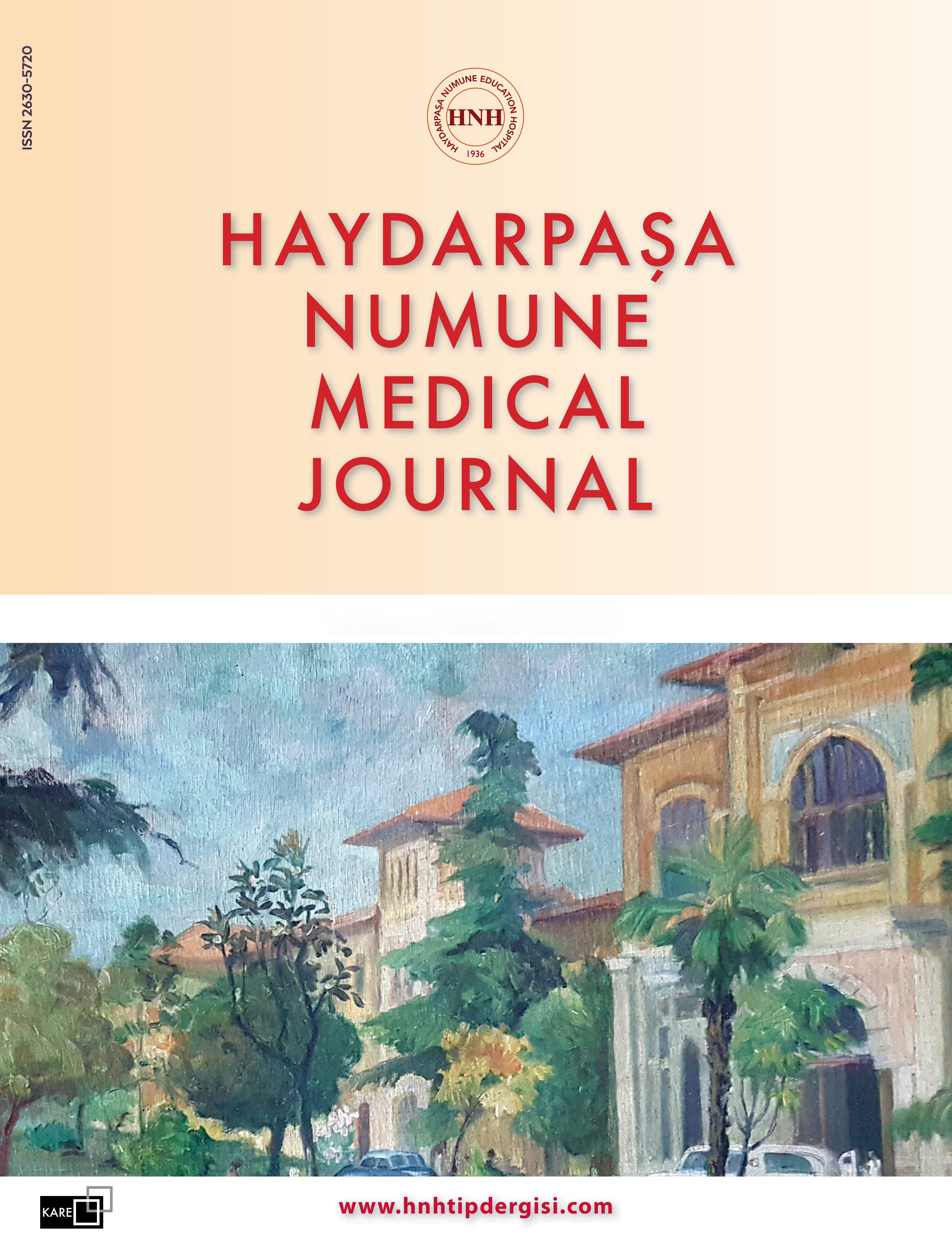Supraclavicular Brachiocephalic Vein Access for Tunneled Dialysis Catheter Placement in Patients with Bilateral Internal Jugular Vein Thrombosis
Umut Öğüşlü, Burçak GümüşDepartment of Radiology, Okan University Hospital, Istanbul, TürkiyeINTRODUCTION: To evaluate the safety, effectiveness, and outcomes of tunneled dialysis catheters (TDC) placed through supraclavicular brachiocephalic vein (BCV) access in patients with bilateral internal jugular vein (IJV) thrombosis.
METHODS: Between January 2017 and October 2020, TDCs were placed through supraclavicular BCV access in 46 patients with bilateral IJV thrombosis. Patient demographics, number of attempts, technical and clinical success rates, complications, and patency rates were noted.
RESULTS: 21 (45.7%) patients were male. The mean age was 65.9 years (range 2089). All catheters were placed at the first attempt. The right BCV was accessed in 16 (34%) patients. The technical and clinical success rate was 100%. No major complication was encountered. The mean follow-up period was 573.5 (range 501698) days. 44/46 (95.7%) of the catheters were functional at 30 days. The infection rate was 2.7/1000 catheter days. 38 catheter exchanges (mean: 1.9, range: 16) were required in 20 patients. The primary and secondary patency rates were 77.8% and 95.2% at 6 months, 77.8% and 95.2% at 12 months, and 74.8% and 84.8% at 24 months, respectively.
DISCUSSION AND CONCLUSION: TDC placement through supraclavicular BCV access is a viable option in patients with bilateral IJV thrombosis. High success rates and low complication rates with acceptable outcomes make this route an attractive alternative before proceeding to more complex access routes.
Manuscript Language: English
















